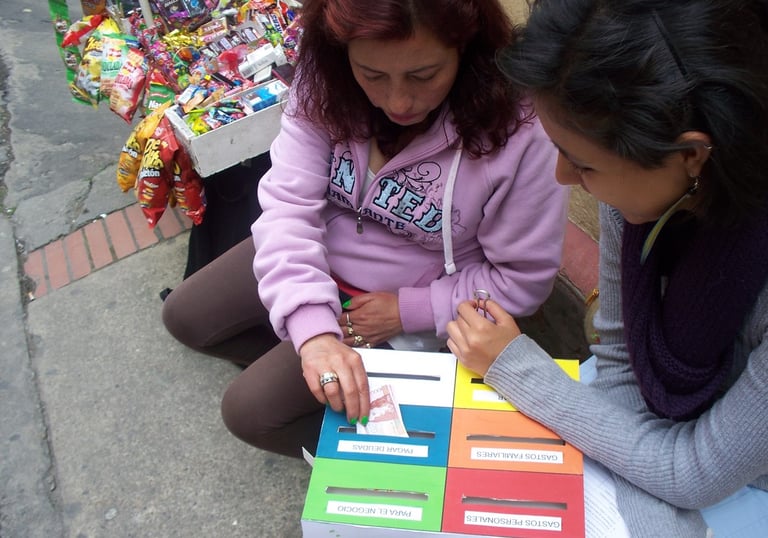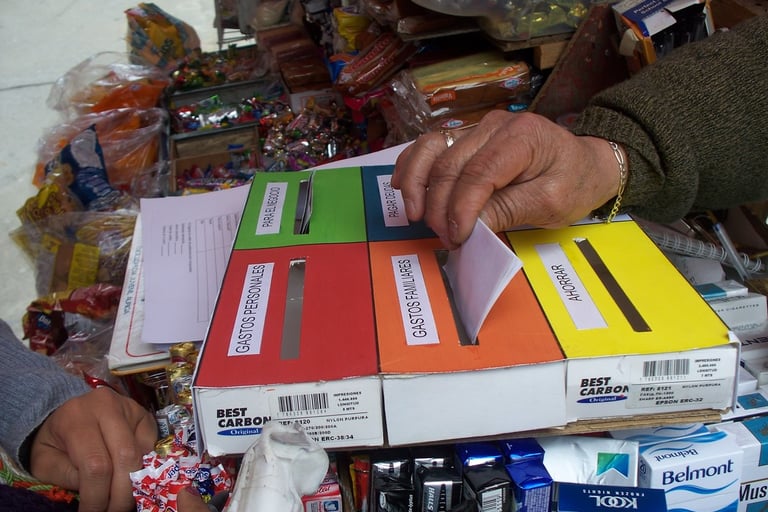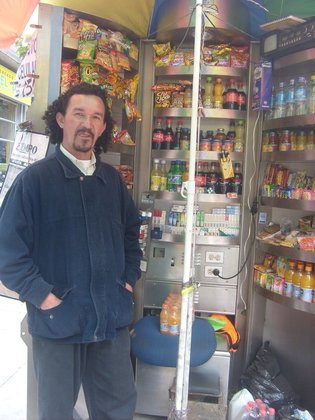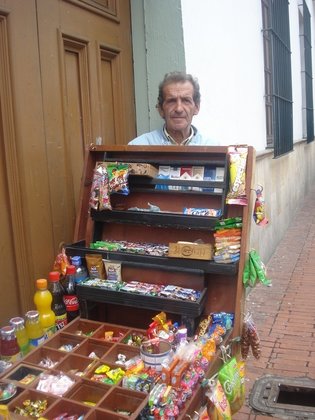Design and Microeconomics
A design inquiry into collective imaginations about money with street vendors in Bogotá, Colombia
This project is one of the case studies in the book "Diseño de servicios: casos Universidad de los Andes" by Natalia Agudelo
This work is cited as an exemplar case study in "Endearing (re) encounters: participatory design in a Latin-American popular context" by David de los Reyes and Andrea Botero
I received the University Social Responsibility Award, given to one student among all graduates across campus
Award
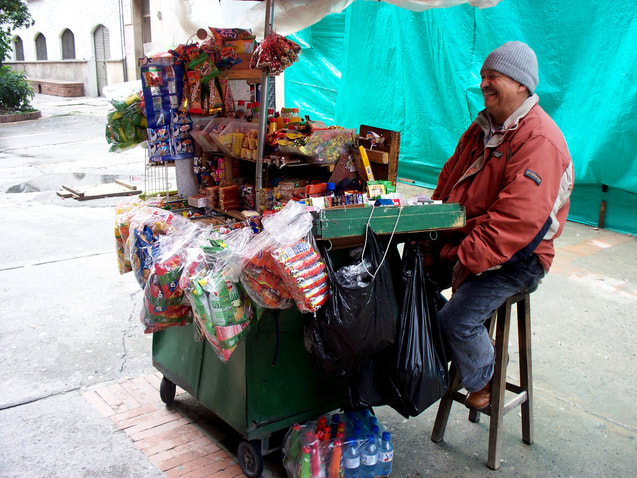

I undertook this self-driven design inquiry as a design student at the Universidad de los Andes in Bogotá, Colombia. I was interested in exploring the ecosystem of savings among street vendors (informal workers who sell snacks and other goods in the streets), through participatory research methods. To develop this study, I partnered with the Economics department, was advised by, and worked closely with Juan Camilo Cardenas.
Over 5 months, I engaged with 19 street vendors to explore their relationships to money, savings, and credit. The research demonstrated how these constructs are relational, and how money is closely tied to notions of community strength, future making and group allocations in the public space.
Some of the research methods employed included surveys, interviews, and we also deployed economic experiments to explore dynamics of cooperation amongst the vendors. I am proud to say that after this experience, the Department of Design and the Department of Economics began interdisciplinary collaborations for research and teaching.
